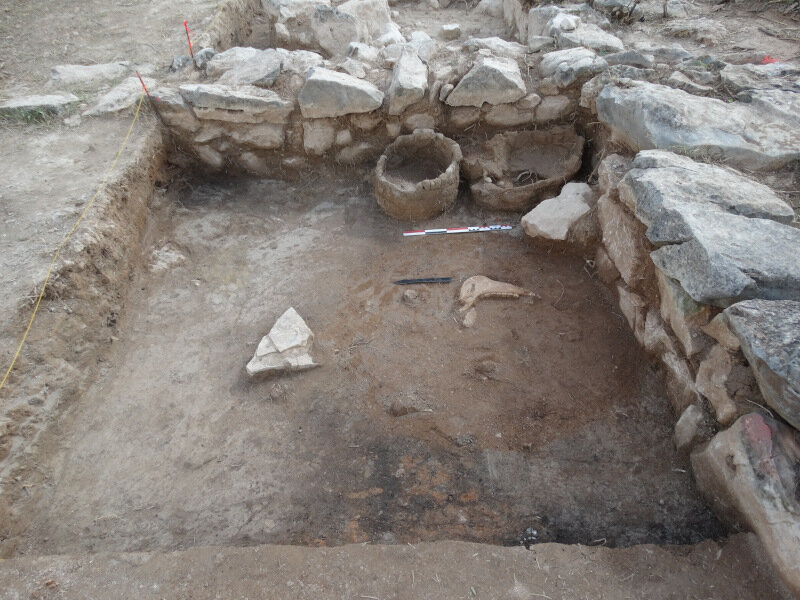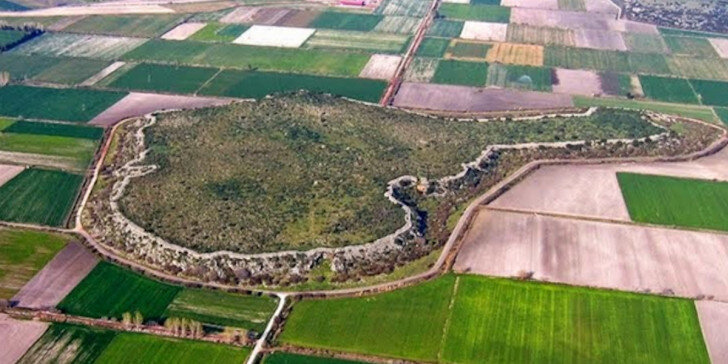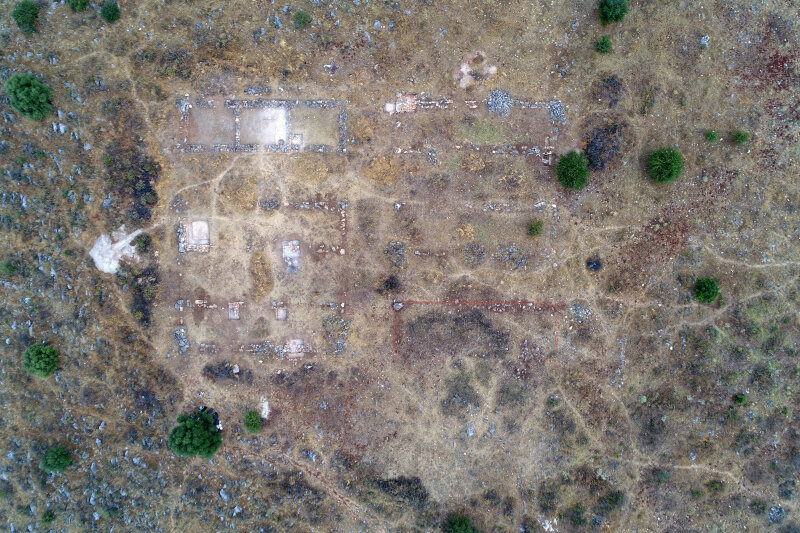It is the largest Mycenaean citadel, seven times the size of Mycenae, and is located northeast of the valley of Kopaida. The castle of Gla was an important fortress of Boeotia and was built during the Mycenaean era. It has a strong cyclopean wall covering an area of 200 hectares.
Its location provided an unrestricted view in all directions, improved the ability to survey the plain, especially the eastern part, and quick access to the northern Gulf of Evia, which facilitated maritime communications. The name Gla comes from the Turkish language, as the ancient name is unknown. The impressive castle is three kilometers long and is considered the largest Mycenaean citadel in Greece. It was built around 1,300 BC so that the rulers of the area could monitor the plain.
In ancient times, the plain of Kopaida was a lake and the hill on which the acropolis was built was an island
The huge fortress was raised to a height of 20 to 40 meters from the plain. Prehistoric Minyas controlled the region of Boeotia. When they arrived in the area, they began efforts to drain the lake. In the following years, the castle of Gla was built. According to current research, it is estimated that two million cubic meters of earth were moved and 250,000 cubic meters of stone were used for the ambitious project. The fort was 5.50 meters thick and consisted of huge boulders. Inhabitants of the surrounding areas worked to complete it. Inside, not many buildings were erected. The largest and main building of the Acropolis is the Melathron. There are roads connecting the four gates of the castle and dams around the perimeter to prevent the influx of water.
Most likely, Gla's castle served as a storehouse for crops and a place to supervise work on the plain. The few buildings show that it was not built to be inhabited by a population. Its purpose was to organize agricultural work, taxation and control of the local population.
A hundred years after its foundation, the fortress was suddenly abandoned. A great fire, which broke out in 1,200 B.C., is the predominant cause, which must have been caused by an enemy. With its destruction, all work automatically ceased. Homer states that the war which broke out between the kingdoms of Thebes and Orchomenus was the cause of Kopaida becoming a lake again.
The fortification and the buildings of the Acropolis belong, with minor variations, to the middle of the 13th century B.C. For reasons still unknown, all the new (and older excavated) buildings were abandoned at the same time at the end of the 13th century B.C. and the inhabitants while leaving, it seems, took most of their material culture with them.














